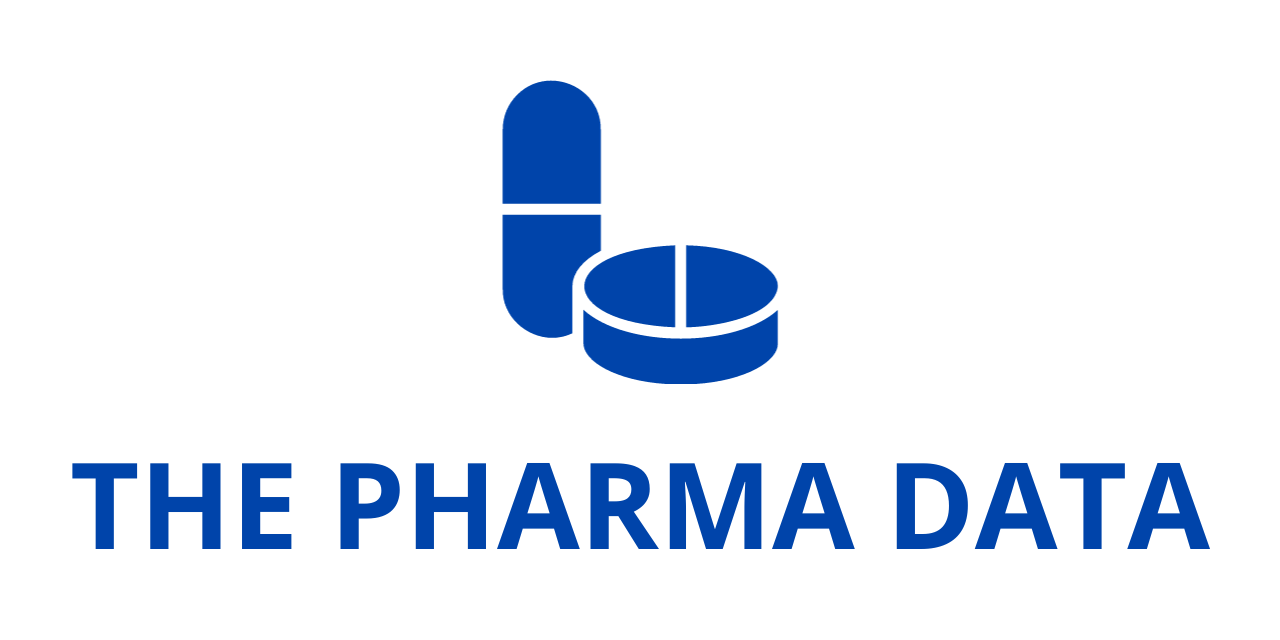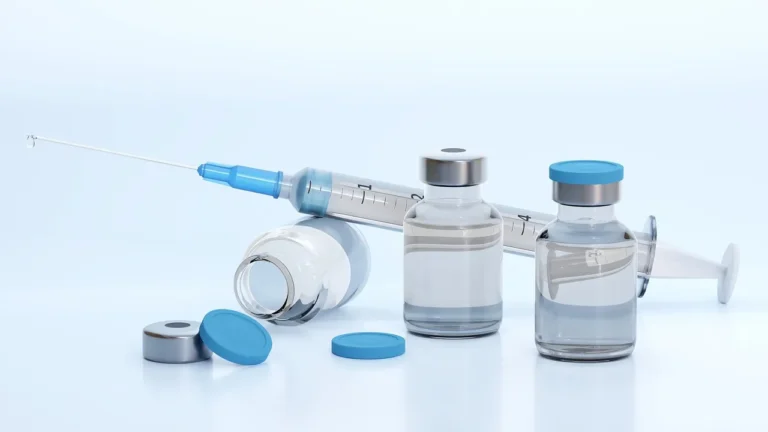
Sarclisa Moves Closer to EU Approval for Frontline Treatment of Transplant-Eligible Multiple Myeloma Patients
The European Medicines Agency’s Committee for Medicinal Products for Human Use (CHMP) has issued a positive opinion recommending the approval of Sarclisa (isatuximab) in combination with bortezomib, lenalidomide, and dexamethasone (VRd) as induction therapy for adult patients newly diagnosed with multiple myeloma (NDMM) who are eligible for autologous stem cell transplantation (ASCT). This recommendation marks a critical regulatory milestone for the Sanofi-developed anti-CD38 monoclonal antibody, and the final decision by the European Commission is expected within the next few months.
A Step Forward in Frontline Multiple Myeloma Treatment
Currently, Sarclisa is approved in the European Union for the treatment of adults with relapsed or refractory multiple myeloma (R/R MM) across three distinct indications. However, this latest CHMP endorsement opens the door for Sarclisa to move into the frontline setting for the first time in transplant-eligible NDMM patients.
Olivier Nataf, Global Head of Oncology at Sanofi, underscored the significance of this development, stating,
“The CHMP’s recommendation represents significant progress toward our ambition for Sarclisa, addressing unmet patient needs in multiple myeloma care and making a meaningful difference in treatment outcomes at every stage of the disease across regions. If approved, this regimen would represent a new, important induction option for transplant-eligible patients, with the potential to improve long-term outcomes and deepen responses at a critical juncture in treatment.”
This endorsement reflects growing confidence in Sarclisa’s clinical potential when added to standard-of-care therapies and could contribute to reshaping the induction treatment landscape for patients preparing to undergo stem cell transplantation.
Backed by Robust Phase 3 Data: GMMG-HD7 Study
The CHMP’s positive recommendation is grounded in compelling clinical data from the GMMG-HD7 study, a rigorously designed, two-part, double-randomized, multicenter phase 3 trial sponsored by the German-speaking Myeloma Multicenter Group. The trial, identified as NCT03617731 on ClinicalTrials.gov, evaluated the efficacy and safety of Sarclisa in combination with the standard VRd backbone in transplant-eligible patients newly diagnosed with multiple myeloma.
Part one of the GMMG-HD7 study was presented at the 2024 American Society of Hematology (ASH) Annual Meeting and simultaneously published in the Journal of Clinical Oncology. These data represent the first phase 3 clinical evidence showing that the addition of an anti-CD38 monoclonal antibody to a VRd induction regimen can induce a deeper and more rapid therapeutic response in this patient population.
The key highlights from the GMMG-HD7 study include:
- Improved MRD Negativity: Sarclisa-VRd significantly increased the rate of minimal residual disease (MRD) negativity following induction therapy. This metric is considered a critical indicator of treatment success, as patients achieving MRD negativity tend to have better long-term outcomes, including extended progression-free and overall survival.
- Superior PFS Benefit: Patients receiving Sarclisa-VRd demonstrated a statistically significant improvement in progression-free survival (PFS) from the point of first randomization. This benefit was observed irrespective of subsequent consolidation or maintenance therapy, emphasizing the strength of the induction effect.
- Unprecedented MRD Rates Post-Transplant: The study reported the highest MRD negativity rates both after induction and after transplant for any anti-CD38 therapy combined with a VRd backbone in this clinical setting. These findings further reinforce the transformative potential of the Sarclisa-based regimen.
Clinical Implications and Evolving Treatment Paradigms
Achieving MRD negativity has become an increasingly important goal in multiple myeloma treatment, especially for younger and fitter patients eligible for stem cell transplantation. Induction therapy aims to reduce the tumor burden to the lowest possible level before stem cell collection and subsequent high-dose therapy. The deep responses seen with Sarclisa-VRd in the GMMG-HD7 trial suggest the potential to achieve more durable remissions and possibly extend the time to relapse.
If the European Commission follows CHMP’s recommendation and grants marketing authorization, Sarclisa-VRd could become a preferred induction regimen in Europe for this patient group, especially in cases where maximum depth of response is a treatment goal.
The results also contribute to a growing body of clinical evidence supporting Sarclisa’s utility beyond the relapsed/refractory setting. In contrast to other CD38-targeting antibodies like daratumumab, which has already secured approvals in various frontline combinations, Sarclisa’s integration into earlier lines of therapy reflects Sanofi’s strategic intent to broaden its usage across the entire myeloma treatment continuum.
Existing EU Approvals for Sarclisa
Sarclisa is already approved in the European Union for three distinct indications:
- In combination with pomalidomide and dexamethasone (Isa-Pd) for adults with relapsed and refractory multiple myeloma (RRMM) who have received at least two prior therapies, including lenalidomide and a proteasome inhibitor.
- In combination with carfilzomib and dexamethasone (Isa-Kd) for adults with multiple myeloma who have received at least one prior therapy.
- In combination with VRd for newly diagnosed patients who are ineligible for transplant (approved in some non-EU regions).
The newly proposed indication for transplant-eligible NDMM patients thus fills a key remaining gap in the continuum of care, offering Sarclisa as a viable option at virtually every stage of disease progression.
Sanofi is now one step closer to establishing Sarclisa as a foundational therapy in the management of multiple myeloma. The anticipated approval of Sarclisa in combination with VRd for transplant-eligible patients would not only enhance treatment options but also mark the culmination of years of research aimed at advancing anti-CD38 therapies in earlier lines of treatment.
As the EMA moves toward a final decision in the coming months, attention will turn to the implementation of this new regimen in clinical practice and its potential to redefine the standard of care in Europe’s multiple myeloma treatment landscape.
If approved, the Sarclisa-VRd combination will become a critical tool for hematologists and oncologists seeking deeper, longer-lasting responses for their patients at one of the most crucial junctures in the therapeutic journey—right at diagnosis.




